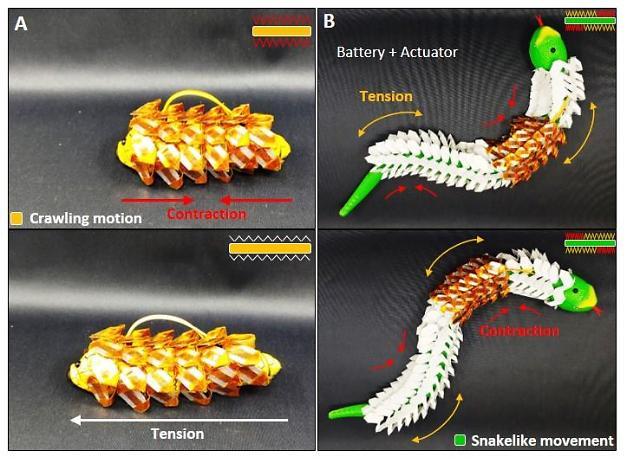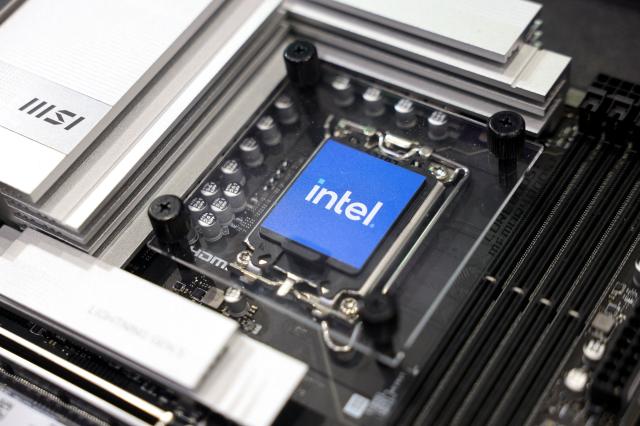
[Courtesy of KIMM]
While many robots are encased in a hard armor made of metal alloy or plastic, soft robots normally have flexible and stretchable skin so that they can squeeze into tiny tube-like spaces such as the inside of a pile of building debris or water pipes. But because many soft robots are very small compared to their brothers working in industrial fields, it is hard to install large-sized batteries. Some soft rescue robots are connected to power cables.

[Courtesy of KIMM]
"Unlike conventional wearable devices in which frames and batteries are combined in a tight formation, this new technology enables flexible movements by connecting several small, hard batteries in a scale-like structure," the institute said in a statement on September 28.
The new battery pack can be used in soft robots or rehabilitation devices that require flexible energy storage devices, the institute said, adding its research team would try to develop multi-functional soft robots with artificial muscles and soft robot actuation technology.




